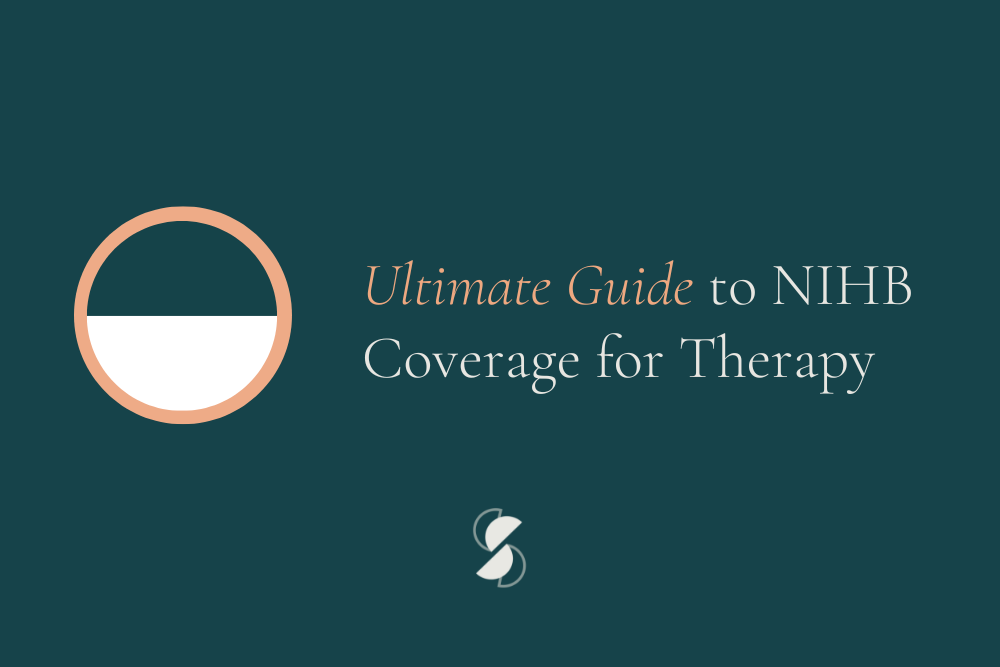(Sometimes) It's Good To Be Scared

Anxiety Or Fear
Have you ever felt scared or anxious to do something you thought was supposed to be fun? Did you let that feeling hold you back from enjoying the experience?
We tend to view feelings of anxiety or fear as being negative but that’s not always the case. Our natural instinct when we feel anxiety is to try to avoid the situation or get out of it when that might not be what’s best. Sometimes we need to evaluate what our anxiety is actually telling us.
Historically, anxiety existed for good reason — it was meant to keep you safe and alive. Anxiety would protect you from dangerous situations and predators. People that were anxious may have been the strong ones in the group — they were the most likely to survive because of their impeccable instincts.
As we’ve evolved as humans, anxiety has become more complex. While anxiety can still keep us safe in modern times, it doesn’t necessarily keep us happy, in fact, it’s most likely holding us back from things that could make us happy. You might be feeling some anxiety right now.
- Maybe you’re scared to start a new job.
- Maybe you’re scared to give a presentation.
- Maybe you’re scared to start therapy.
Being scared about these things can be a good thing. It means you’re taking it seriously. It means you’ve evaluated and understood the risks. It means you know yourself. Overcoming fear in these situations is an opportunity to push yourself. To be brave. To prove to yourself what you’re capable of and to grow. So how can you tell the difference?
So how can you tell the difference? Here are some simple ways to understand your anxiety or fear:
- Evaluate if you are in danger. This one may seem obvious but when we feel anxiety or fear our body perceives a threat and enters in a state of fight or flight to protect us. When we evaluate the threat, we can begin to calm our physical symptoms and combat more anxious thoughts or actions.
- Identify the “threat.” What is the overall thing that is making you anxious or scared? If you’re unsure, try to think of what happened right before you started feeling the anxiety. Naming the threat can help you to evaluate it further. For example, the “threat“ might be giving a presentation on a topic you’re passionate about.
- Take inventory of your physical symptoms. Once you have determined that the threat is not necessarily “dangerous” try to do a body scan and identify your physical sensations. Are these symptoms ones you’ve felt before in positive situations? (i.e., racing heart and sweating are common when you are excited)
- Take inventory of your thoughts. What thoughts are you having? Are there alternatives to those thoughts? Do those alternative thoughts illustrate perceived danger? If we use the example of giving a presentation, the thoughts might be of making a mistake or feeling embarrassed. What other possible situations are there? Are there positive ones? (i.e., you could do a great presentation and feel confident in yourself, or you could make new connections through your presentation)
- Balance and accept. When you’re feeling anxious it can be hard to focus only on positive outcomes (and that might not always be realistic). It’s easier to balance your positive and negative thoughts in order to accept your anxiety and move forward. For example, even if you make a mistake in your presentation, the feeling of finishing the presentation and overcoming fear is better than the feeling that comes from avoiding it (and can make you feel more confident).
You don’t always need to be “fearless.” It’s okay to be scared. Rather than let it hold you back, acknowledge the feeling, accept it, and take it as an opportunity to grow.









